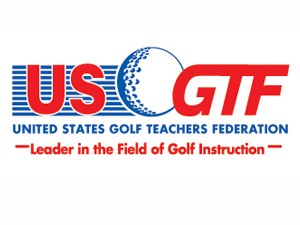Blog
Tiger’s fire inside
Learn from the legends of the game
Everyone loves the long ball
What a country…you can buy a game
The anchoring debate – a contrarian view
- A player is not in breach of this rule if (a) the equipment or device is designed or has the effect of alleviating a medical condition. (b) the player has a legitimate medical reason to use the equipment or device, and (c) the Committee is satisfied that its use does not give the player and undue advantage over other players.
TEACHING GOLF COURSE MANAGEMENT
The age of adjustability
PROUD OF YOUR ACCOMPLISHMENTS? SHOWCASE THEM TO THE WORLD
EDITORIAL – KEEP MOMENTUM FROM 2012 GOING IN 2013
As the US economy started spiraling south in 2008, so did the golf industry. Both the number of golfers and the number of Readmore



